Table of Contents
1. User Intent & Common Scenarios
When someone searches “can’t change dynamic IP FortiGate,” they’re usually facing one of these cases:
- An interface is currently obtaining its address via DHCP, but they need a static IP.
- They tried
set ip 192.168.x.0 255.255.x.0and got an “illegal value” parse error. - The FortiGate reports that the IP is already in use by a logging or monitoring service (syslogd, NetFlow).
- They’re locked out of the management subnet after misconfiguration and need console recovery.
You’re looking for a step-by-step process—both CLI and GUI—to transition an interface from dynamic to static, choose a correct host address (not a network or broadcast address), and purge any dependent settings that tie the old IP to other services.
2. Dynamic (DHCP) vs. Static Addressing Modes
FortiGate interfaces support two primary modes of IP addressing:
- DHCP (dynamic): The appliance requests an IP from an upstream DHCP server. Useful for temporary links or cloud environments—but not ideal for management or static routing.
- Static (manual): You assign a fixed IP and netmask. Required when you need predictable routing, remote management, or to host services behind the FortiGate.
By default, many FortiGate models ship with interfaces in DHCP mode—especially WAN or secondary links—so you can “plug and play.” To convert to a static address, you must explicitly change the mode before setting the IP.
3. Common Error Messages & Their Causes
3.1 “IP address is illegal, Value parse error”
This occurs when you try to set the network address (e.g., 192.168.176.0/24) rather than a valid host address. In IPv4:
- Network address: all host bits =
0(e.g.,192.168.176.0) - First usable host:
.1(e.g.,192.168.176.1) - Broadcast address: all host bits =
1(e.g.,192.168.176.255)
You cannot assign the .0 or .255 addresses to an interface. Instead, pick a usable address such as .1–.254.
3.2 “Error: IP address x.x.x.x is configured as source-ip for syslogd setting”
FortiOS won’t allow you to change an interface’s IP if that same address is still referenced in syslog, NetFlow, or other log-forwarding configurations. The firewall protects these bindings to avoid orphaned settings that can break logging. You first need to remove or reconfigure the source-IP in the corresponding section before the interface IP can be edited.
4. CLI-Based Steps to Switch to Static & Set a Valid IP
Below is a complete CLI recipe to convert a DHCP interface (e.g., port1) to static mode, choose a proper host address, and enable administrative access.
# 1. Enter interface configuration
config system interface
edit "port1"
# 2. Switch to static mode
set mode static
# 3. Assign a valid host IP and netmask
# (Example: first usable address on a /24)
set ip 192.168.176.1 255.255.255.0
# 4. (Optional) Allow management protocols
set allowaccess ping https ssh
# 5. (Optional) Set alias or description
set alias "LAN-Mgmt"
next
end
This sequence:
- Edits the
port1object. - Changes
modefrom DHCP tostatic. - Sets
ipto a host address, not the network or broadcast. - Allows ICMP ping and web/SSH admin access on that interface.
If you previously tried set ip 192.168.176.0 255.255.255.0, you’d see the “illegal value” error—because .0 is the network address.
5. Resolving “IP Is In Use” Errors
If your attempt to change the IP still fails with an “in use” message, search for any references in services that bind to the old address. Two common culprits:
5.1 Syslogd Source-IP Binding
Check your syslog config:
config log syslogd setting
show
If you see:
set source-ip 192.168.176.2
Remove it (or repoint to a different interface):
config log syslogd setting
unset source-ip
end
Now retry your interface change.
5.2 NetFlow Source-Interface
Similarly, NetFlow can bind to a specific source-interface. Inspect:
config log netflow setting
show
And if there’s a source-ip-interface, clear it:
config log netflow setting
unset source-ip-interface
end
Once all dependencies on the old IP are cleared, FortiOS will allow you to set the interface’s address.
6. GUI-Based Configuration
If you prefer the web console, the steps mirror the CLI:
- Log in to
https://<fortigate-ip>with an admin account. - Go to Network → Interfaces and click Edit on your interface (e.g.,
port1). - Under Addressing mode, switch from DHCP to Manual.
- Enter your chosen IP (e.g.,
192.168.176.1) and Netmask (255.255.255.0). - In Administrative Access, tick HTTPS, SSH, Ping, etc., as needed.
- Click OK.
If you get an on-screen error about the IP being in use, you’ll need to first remove that address from System → Config → Log Settings → Syslog (and NetFlow) before retrying.
7. Troubleshooting Tips & Best Practices
- Console Access
Always have a console cable handy—if you misassign your management IP, GUI/SSH will be cut off. - Backup Configuration
Before making network-critical changes,execute backup config flash backup.before-interface.conf. - Session Flush
After changing an interface IP, runexecute clear session allto drop stale connections. - Use Valid Host Addresses
Never assign.0(network) or.255(broadcast) on a /24—FortiOS prevents it. - Check All Dependencies
Beyond syslogd and NetFlow, remember UTM logging—Web Filter, Application Control, etc.—may also bind to a source-IP. - Maintenance Window
Changing core interface IPs affects routing and management—schedule downtime accordingly. - Document Changes
Note interface aliases, VLANs, and allowaccess settings in your change log for future reference.
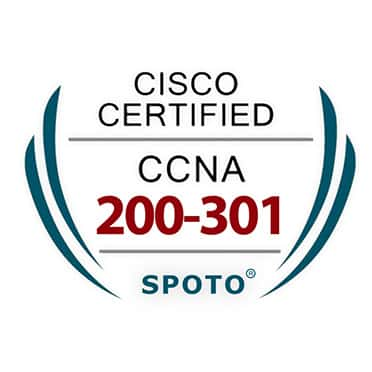
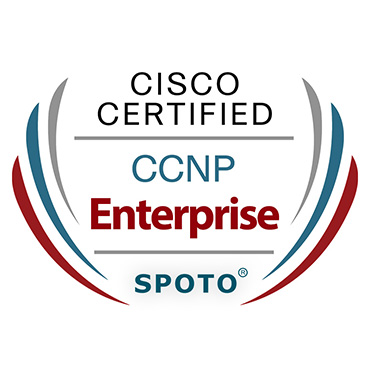
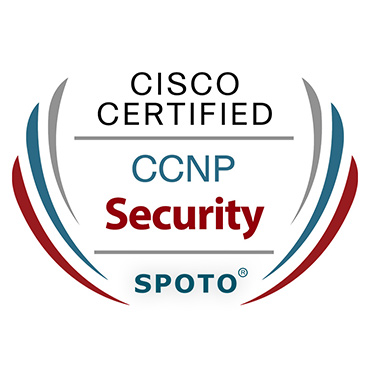
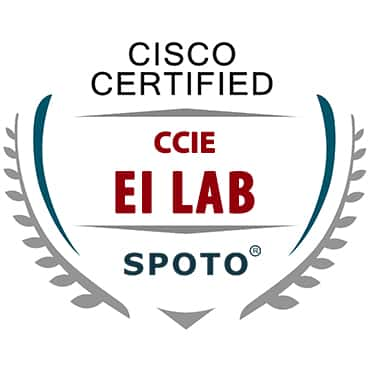
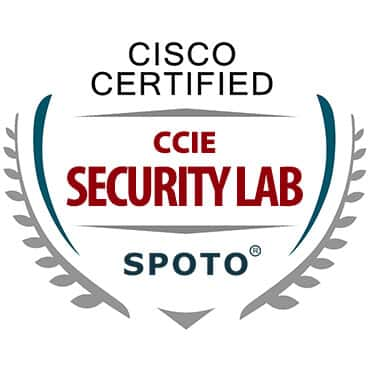
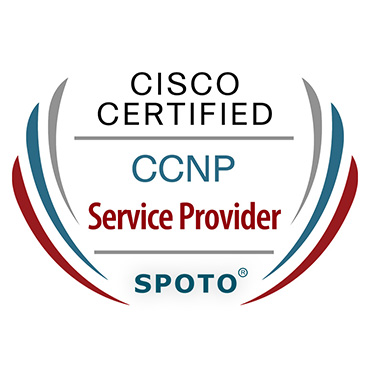
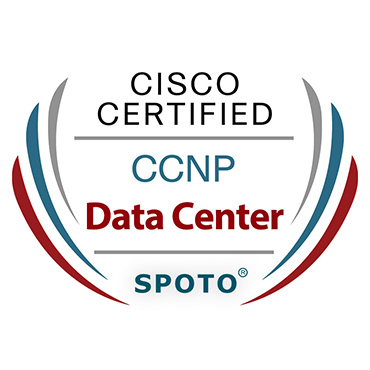
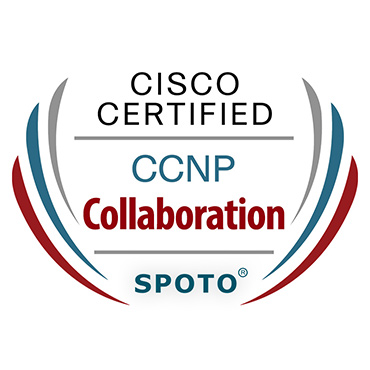
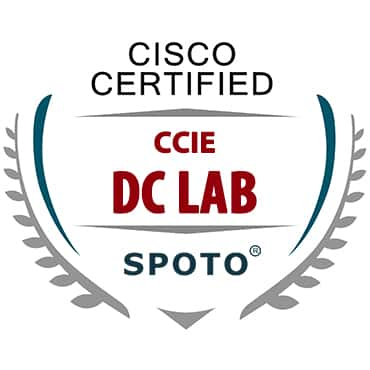


Comments